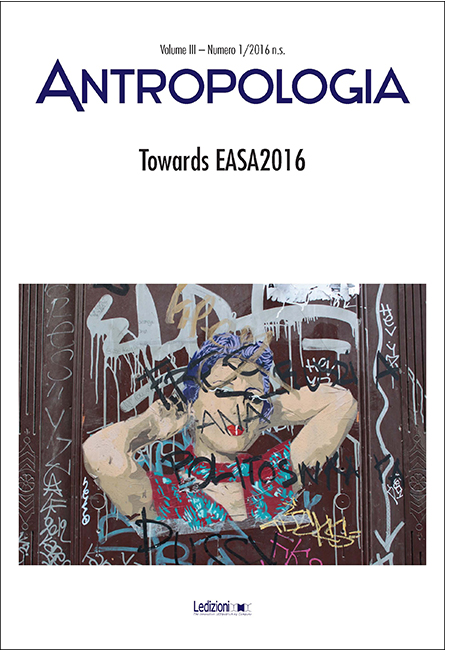The Other Side of Society. Reflections on Waste and its Place
DOI:
https://doi.org/10.14672/ada2016436%25pKeywords:
Waste, Material Culture, Materials, Animism, MetabolismAbstract
This paper presents us with waste; buried, burnt, flushed away, it nevertheless lies at the very heart of our (all too?) material culture, its presence a malodorous affront to what we call “society”. In reading in its decomposing forms the “spirit” of a people that once inhabited and enlivened it (Pels 1998, p.91), my argument is that theories of material culture prevent anthropology taking waste seriously enough. Through the work of Mary Douglas and Daniel Miller, I explore how waste draws our attention how the “animism” implicit within their theories of the social remains complicit in the problematic separation of a lively world of human sociality – even one enlarged to include all our “stuff” (Miller 2010) – from the non-social, pre-given world of “brute” materials (Tilley 2007) from which it is constructed. Yet waste itself teems with other, much more than human, kinds of life that gesture beyond this limiting anthropocentrism, towards the metabolic approach elaborated in the second half of this paper, that draws on the work of Tim Ingold and Joshua Reno. On the far side of theories fashioned in the image of society, waste becomes a means for thinking sociality otherwise (Reno 2014).Downloads
Published
2016-03-23
Issue
Section
Articles
License
Authors maintain the copyright of their original work and grant the Journal the right to first publication, licensed after 36 months under a Creative Commons Licence – Attribution, which allows others to share the work by indicating the authorship and first publication in this journal.
Authors may agree to other non-exclusive licence agreements for the distribution of versions of their published work (for example in institutional archives or monographs) under the condition that they indicate that their work was first published in this journal.



